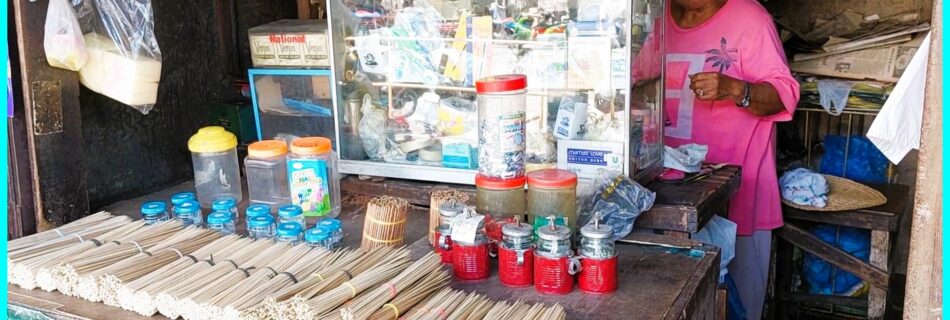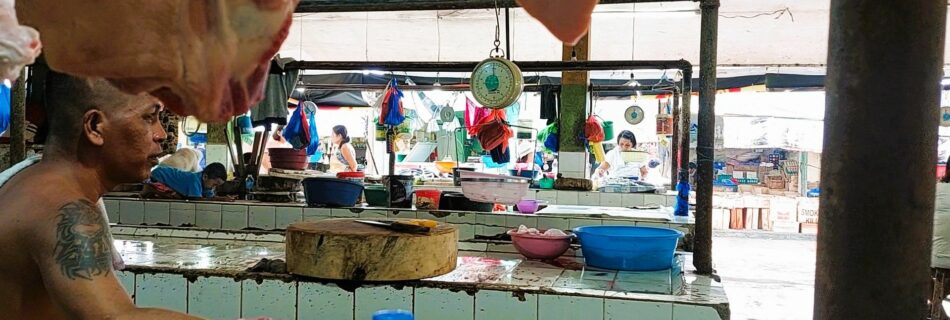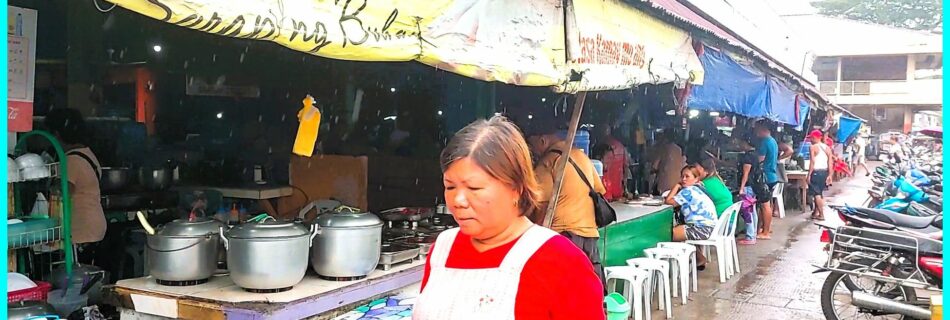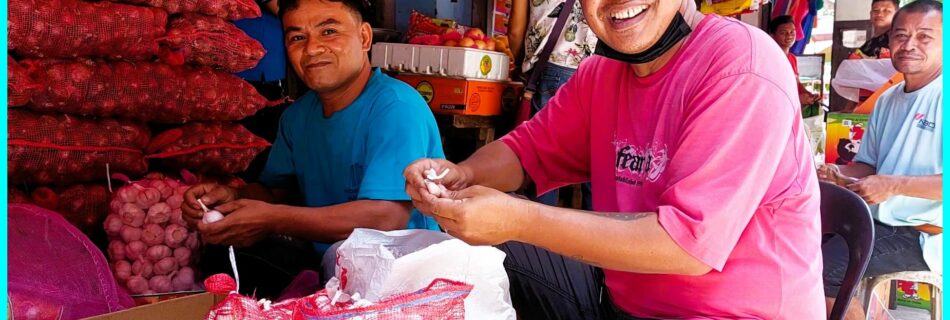Carinderias: A Culinary Journey Through Filipino Heritage In the bustling streets of the Philippines, where the air is filled with the enticing aroma of flavorful dishes, the carinderia stands as a living testament to the rich culinary heritage that has been woven into the tapestry of Filipino culture. The concept of the carinderia traces its roots back to the early 1800s, emerging as a humble native food shop and a convenient haven for weary travelers. Before 1764, there was no specific term to encapsulate the essence of a commercial establishment selling freshly cooked meals. However, as bustling crossroads began to thrive, carinderias swiftly became a beacon for locals and travelers alike, offering a quick and satisfying respite for those in need of nourishment. SIGHTS OF NEGROS – BLOG – Carinderias: A Culinary Journey Through Filipino Heritage SIGHTS OF NEGROS – BLOG – Carinderias: A Culinary Journey Through Filipino Heritage Over the centuries, the carinderia has not merely survived; it has thrived, adapting and evolving to meet the ever-changing needs and preferences of the Filipino people. Today, the streets are adorned with variations of carinderias, each telling its own unique story and promising a distinct dining experience. From the vibrant chaos of traveling carinderias to the refined elegance of high-class establishments, these culinary gems have become an integral part of Filipino life. They serve as more than just eateries; they are the bearers of tradition, a celebration of the flavors that define the Filipino palate. Step into a carinderia, and you’ll find yourself immersed in a world of diverse offerings. The menu, a testament to the culinary prowess of the Filipino cook, spans a wide range of traditional home-cooked meals and popular local favorites. The dishes are a celebration of authenticity, carrying the soulful essence of Filipino home kitchens to the bustling streets. Adobo, with its succulent marinated meat stew, shares the stage with the comforting warmth of sinigang, a sour soup that whispers tales of family gatherings. Tinola, a hearty chicken stew, dances alongside the rich flavors of kare-kare, an oxtail stew luxuriating in a peanut sauce. The menu unfolds like a culinary love letter, featuring an array of vegetable and seafood dishes that showcase the diversity of Filipino cuisine. SIGHTS OF NEGROS – BLOG – Carinderias: A Culinary Journey Through Filipino Heritage SIGHTS OF NEGROS – BLOG – Carinderias: A Culinary Journey Through Filipino Heritage At the heart of it all is rice, the undisputed staple that binds the Filipino meal together. Whether it’s nestled alongside a savory dish or served as a comforting side, rice completes the symphony of flavors that emanate from the carinderia kitchen. As you embark on a culinary journey through the carinderias of the Philippines, you are not just savoring a meal; you are delving into the soul of a nation. Each dish tells a story, a narrative passed down through generations, and each carinderia is a chapter in the epic tale of Filipino gastronomy. So, step into the lively world of carinderias, where the spirit of Filipino culinary artistry awaits, ready to tantalize your taste buds and transport you to the heart of Filipino heritage. Discover the culinary delights and lively atmosphere of the Dumaguete market with me! Watch my video in which I guide you through a delicious breakfast and take you on a tour of the colourful Dumaguete market. From savoury to sweet, from exotic to familiar – let yourself be seduced by the diverse flavours and fresh ingredients. Immerse yourself in the vibrant scenery, discover local delicacies and learn more about the stories behind the stalls. Ready for a visual journey of flavours? Click on the play button now and join me as I show you the hidden treasures of this authentic market experience! Click here for the video – Don’t miss it! EATING at the Market in DUMAGUETE









